Complete Guide to Air Quality Sensors
When it comes to environmental sensing, air quality is one of the most important elements. Because you’re breathing in whatever is in the air, you’ll want to ensure that your surroundings are safe. That’s where air quality sensors come in. Whether for home automation, outdoor monitoring, or industrial applications, air quality sensors are extremely common and useful. Learn all about what air quality sensors are, how they work, what they measure, and more!
What are Air Quality Sensors?
Air quality sensors are devices capable of sensing various airborne contaminants. These include pollutants, gases, and particulates that could be health hazards.
What are air quality sensors: Air quality sensors are devices that monitor airborne contaminants such as toxic gases, ozone, pollutants, and particulates.
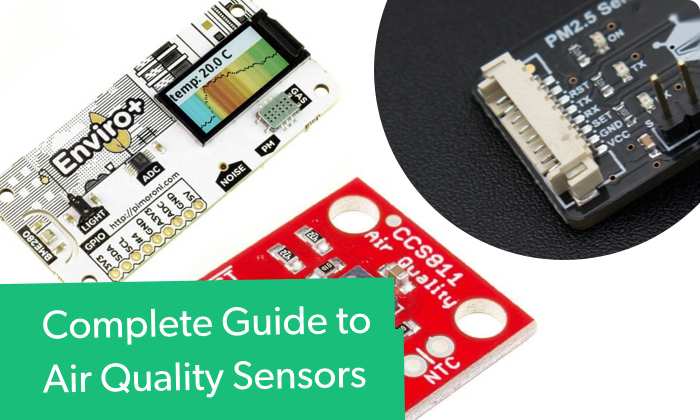
What Do Air Quality Sensors Measure?
Air quality sensing devices monitor noxious gases and particulate matter. More specifically, they focus on tracking the number, and size, of gaseous or particulate elements in the air. The most common pollutants and gases that air quality sensors measure are particulate matter, ozone, sulfur dioxide, nitrous oxide, and carbon monoxide.
What do air quality sensors measure:
- Ozone
- Particulate matter
- Nitrous oxide
- Carbon monoxide
- Sulfur dioxide
How Do Air Quality Sensors Work?
An air quality sensor measures the size, and number, of particles that pass through a certain space. Then, an estimate of how much particulate matter or gas traveled through is calculated. How exactly this is accomplished varies. Many commonly deployed air quality sensors utilize lasers for tracking particulates. Additional environmental monitoring devices such as humidity and temperature sensors may be used to provide a more accurate estimation.
Some air quality measurement devices are mobile, such as those found in wearables. Others are stationary and sit on one spot. Advanced satellite air quality sensors can track the energy emitted and reflected by the atmosphere to monitor various pollutants.
Indoor Air Quality Sensors vs. Outdoor Air Quality Sensors
Both outdoor and indoor environments feature air quality sensors. An outdoor air quality sensor may be closer to the ground, such as mounted in a forest or right outside a factory for terrestrial gas and particle sensing. Alternatively, some outdoor air quality sensors are satellite-based that can monitor energy reflected or emitted by the atmosphere and thereby identify different airborne pollutants. Some air quality sensors are even wearable, allowing for portable air quality monitoring.
Additionally, there are plenty of indoor air quality sensors. Chances are, you may even have one of those in your home. Carbon monoxide sensors are key in identifying carbon monoxide leaks. And in industrial settings such as factories, environmental monitoring is crucial for workplace safety along with local environmental law compliance.
Best Air Quality Sensors For Home DIYing
Although many off-the-shelf air quality monitoring systems are available, you can easily make your own. Here are the best environmental air quality sensors on the market!
Best Air Quality Sensor for Arduino - Grove Air Quality Sensor

The Seeed Studio Grove air quality sensor is one of the best air quality sensors for Arduino. It utilizes Seeed Studio’s user-friendly Grove ecosystem which touts plug-and-play compatibility with various other Grove microcontrollers or accessories. Designed for indoor air quality testing, the Grove air quality sensor can detect a slew of gases and contaminants such as alcohol, acetone, formaldehyde, carbon monoxide, and more.
It’s compatible with both 3.3 Volt and 5V power supplies. In addition to Arduino compatibility, the Seeed Studio Grove air quality sensor works with Raspberry Pi single-board computers as well. Since it’s energy-efficient and sips power, this could be a great option for an always-on, low-power yet high-performance air quality detection system.
Grove air quality sensor features:
- Seeed Studio Grove ecosystem
- Arduino microcontroller and Raspberry Pi single-board computer compatible
- 3.3V or 5V power supply support
- Monitors carbon monoxide, alcohol, acetone, thinner, formaldehyde, and more
Best Air Quality Sensor for Raspberry Pi - Pimoroni Enviro

The Pimoroni Enviro air quality add-on for the Raspberry Pi is a great environmental monitoring board. It sports a whole host of sensors along with a full-color LCD display. The onboard display lets you view real-time environmental sensing data. A gas sensor monitors airborne gases while a particular matter sensor tracks particulates in the air. Plus you’ll find a pressure sensor, light sensor, humidity sensor, digital to analog converter, MEMS microphone, and noise level sensor. With its ample environmental monitoring capabilities, the Pimoroni Enviro is an excellent all-around choice for smart home automation and control.
Pimoroni Enviro features:
- Raspberry Pi-compatible - works with all 40-pin Raspberry Pi boards
- Includes particulate matter sensor, temperature sensor, pressure sensor, light sensor, humidity sensor, gas sensor, digital to analog converter, MEMS microphone, and noise level sensor
- Onboard LCD screen for real-time data readout
Best Multi-purpose Air Quality Monitoring Device - DFRobot Air Quality Monitor

DFRobot’s air quality monitor is a great all-in-one environmental sensing device. It tracks particulate matter and gases such as formaldehyde. Moreover, this nifty unit packs humidity and temperature sensors. It sports a laser particulate concentration sensor for extremely accurate readings. An electrochemical probe monitors formaldehyde. For correct real-time environmental and air-quality sensing, this is a spectacular choice.
DFRobot air quality monitor features:
Laser particulate matter concentration sensor
- Detects gases such as formaldehyde
- Humidity and temperature sensors
- Accurate real-time data output
Best Multi-function Air Quality Environmental Monitoring Sensor - Adafruit Air Quality Sensor

Adafruit’s multi-purpose air quality monitor is an excellent option for tracking indoor air quality. It features an I2C interface for a simple Arduino microcontroller and Raspberry Pi single-board computer connectivity. You’ll find an accurate onboard particulate matter sensor that utilizes a laser to determine the size and number of particles in the air. Arduino libraries make microcontroller interfacing a breeze. And there’s even Python or CircuitPython support for wide board compatibility.
Adafruit air quality sensor features:
- Raspberry Pi and Arduino support
- Arduino, CircuitPython, and Python libraries
- Extremely accurate
- Laser-powered particulate matter sensor
Best Gas Sensor - SparkFun Air Quality Breakout

The SparkFun CCS811 air quality breakout is an awesome digital gas sensor. It lets you detect the total volatile organic compound (TVOC) count in the surrounding area. For example, you can monitor metal oxides, carbon dioxide, and more. SparkFun’s CCS811 air quality breakout sensor is a spectacular choice for active monitoring of VOCs in the air. Affordable and with an I2C connector, the CCS811 is compatible with Arduino microcontrollers and other boards.
SparkFun CCS811 air quality breakout features:
- Monitors TVOCs
- Arduino compatible
- Gas sensor
- I2C connectivity
- 1.8V-3.3V power supply support
Air Quality Monitoring Sensors Explained - Final Thoughts
Whether for outdoor pollution monitoring, industrial chemical tracking, or simply at-home indoor air quality indication, air quality sensors are incredibly useful. Depending on what sensors are built-in, you can track gases, particulate matter, or both. For at-home DIYing, there are tons of air quality environmental sensing devices available, ranging from budget-priced gas sensors to comprehensive gadgets featuring high-accuracy laser-powered particulate matter trackers, humidity sensors, and more. With a single-board computer or microcontroller and the right air quality sensors, you can create do-it-yourself devices such as carbon monoxide monitoring projects and other useful inventions.
Your turn: What air quality sensors have YOU used, and what environmental sensing projects have you built?





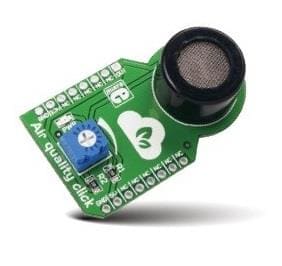
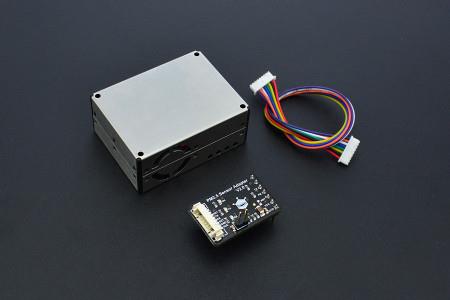
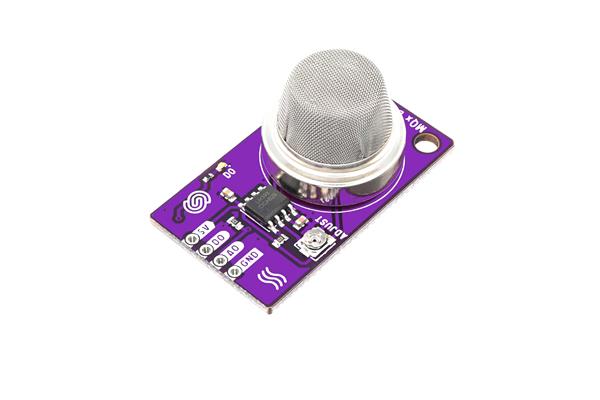
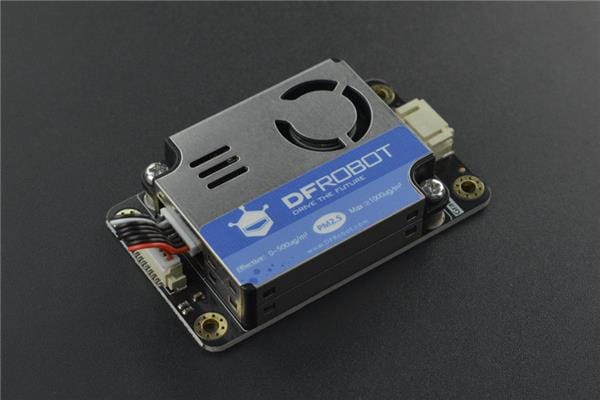
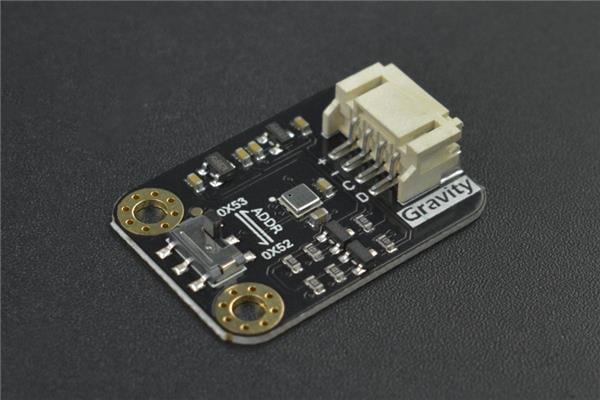
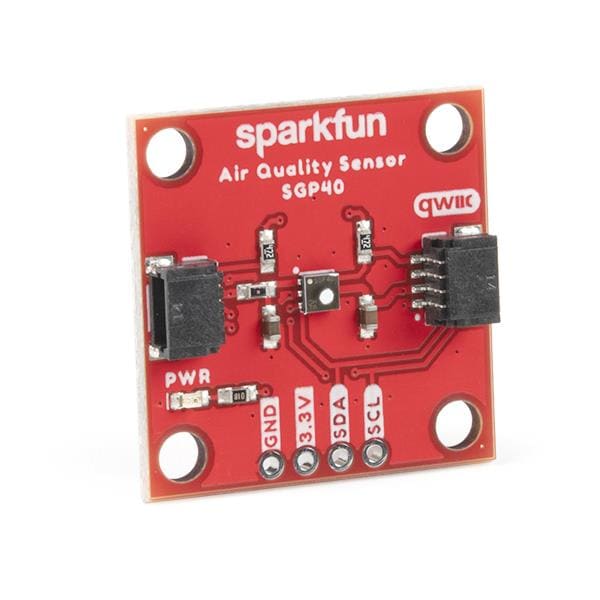
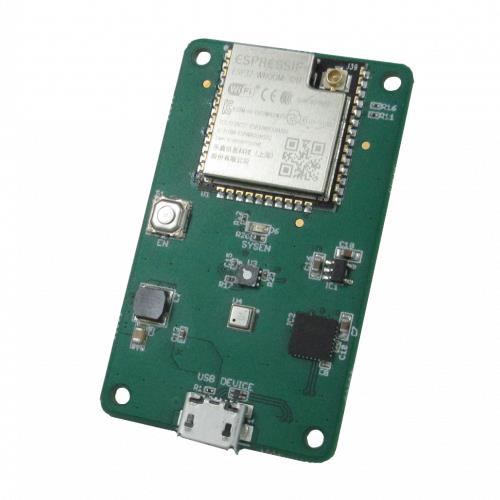
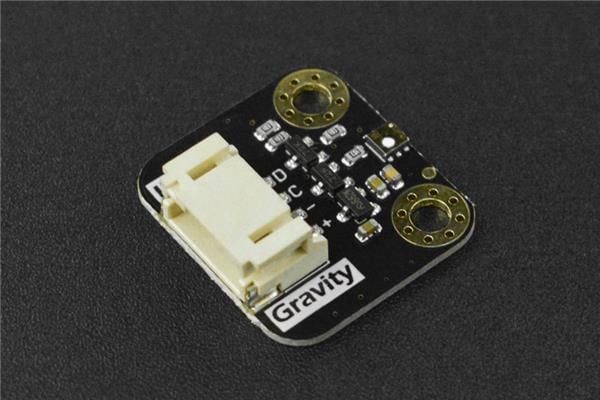
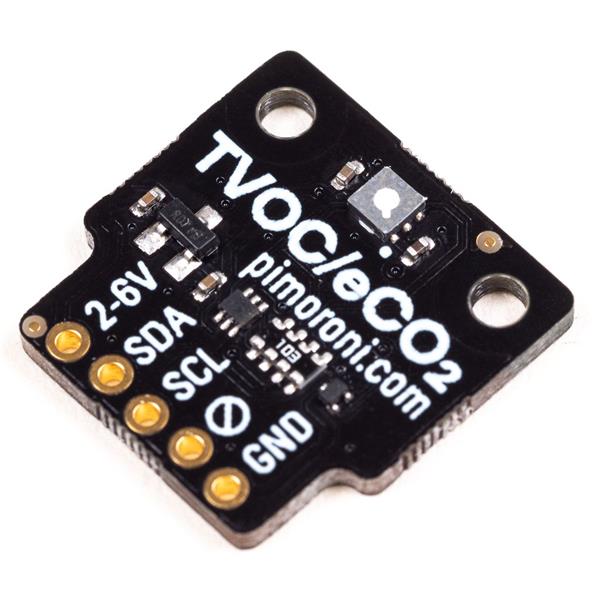
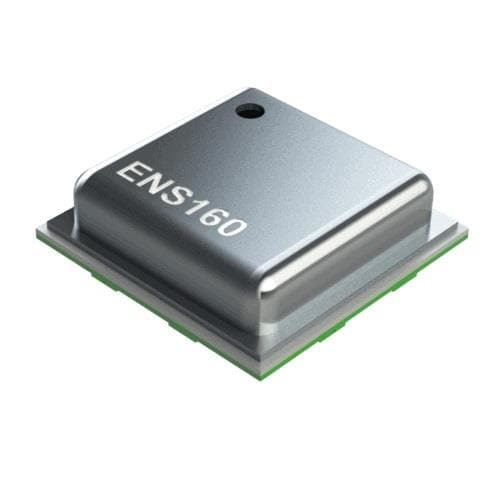
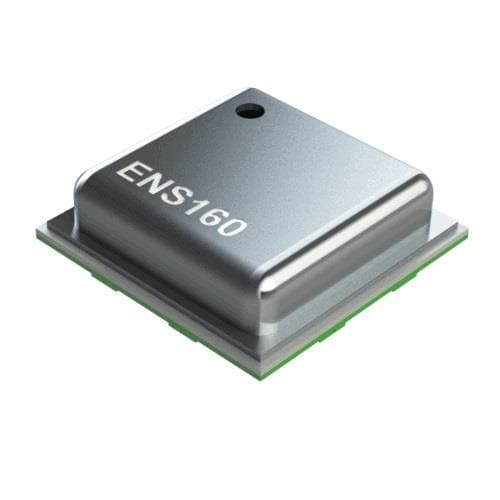
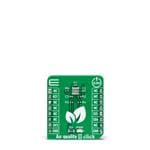
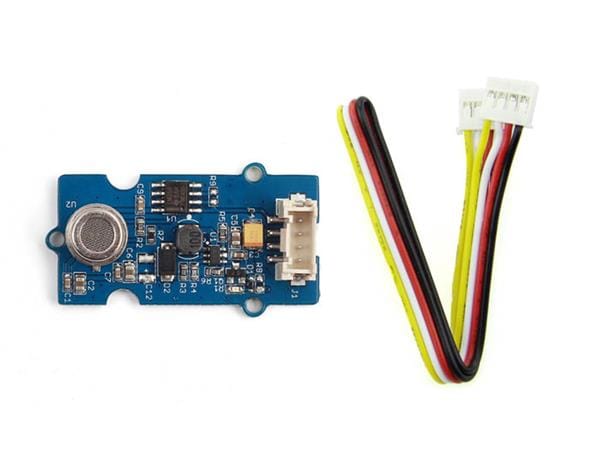
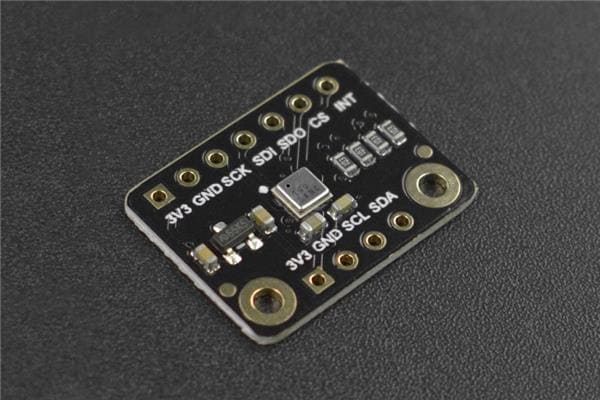
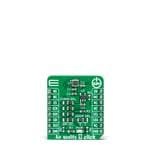
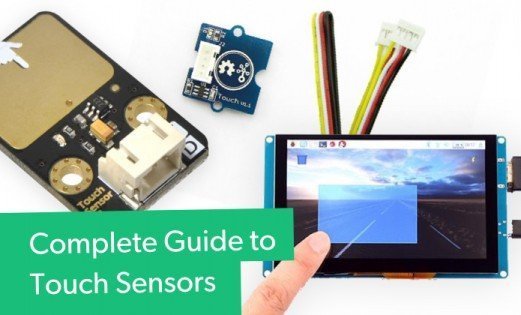
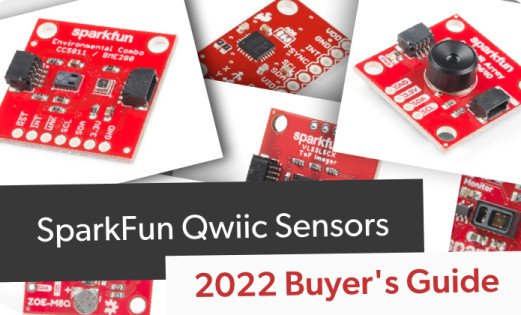
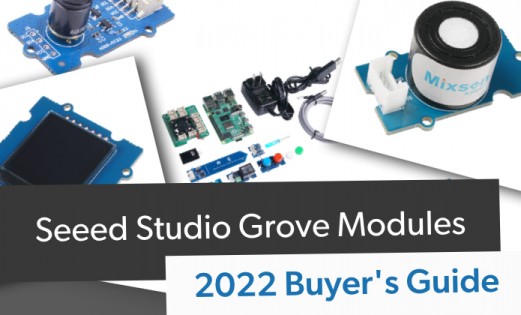
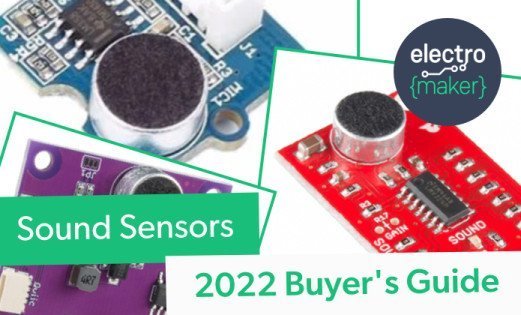
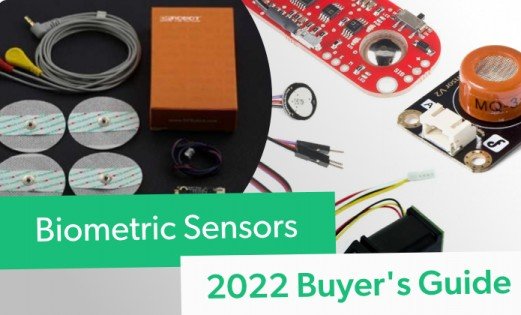
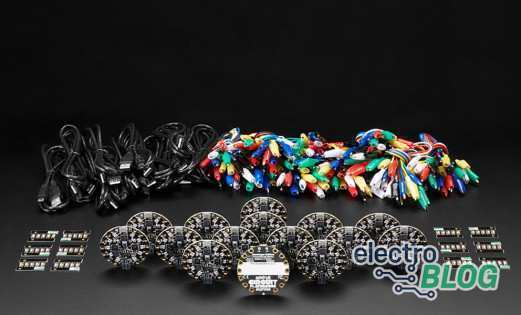

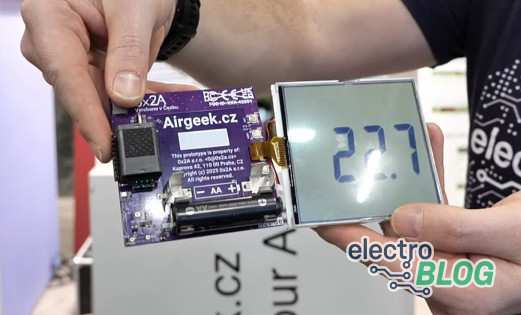
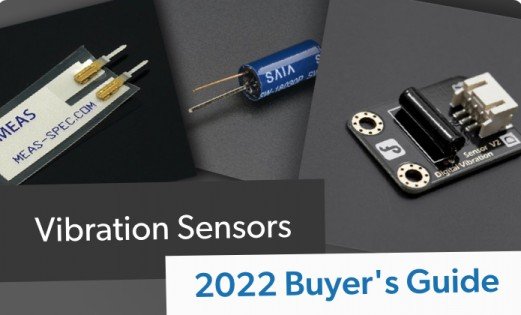

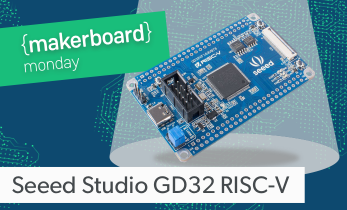

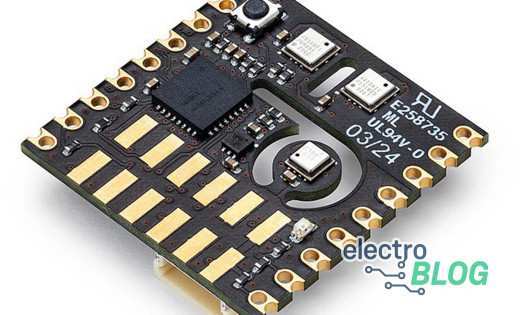
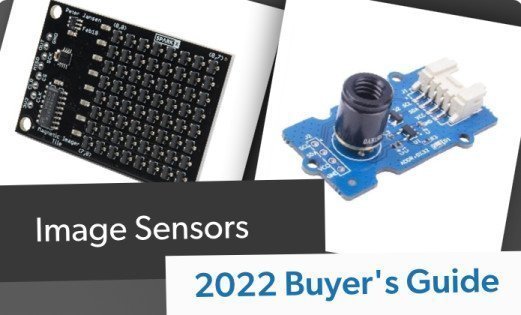
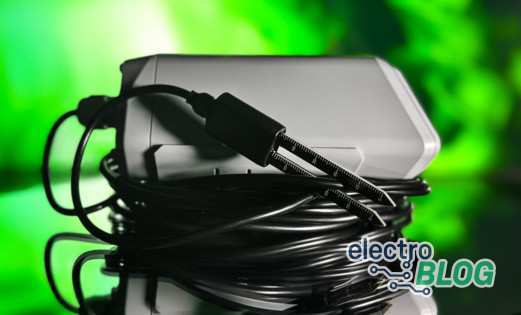

Leave your feedback...